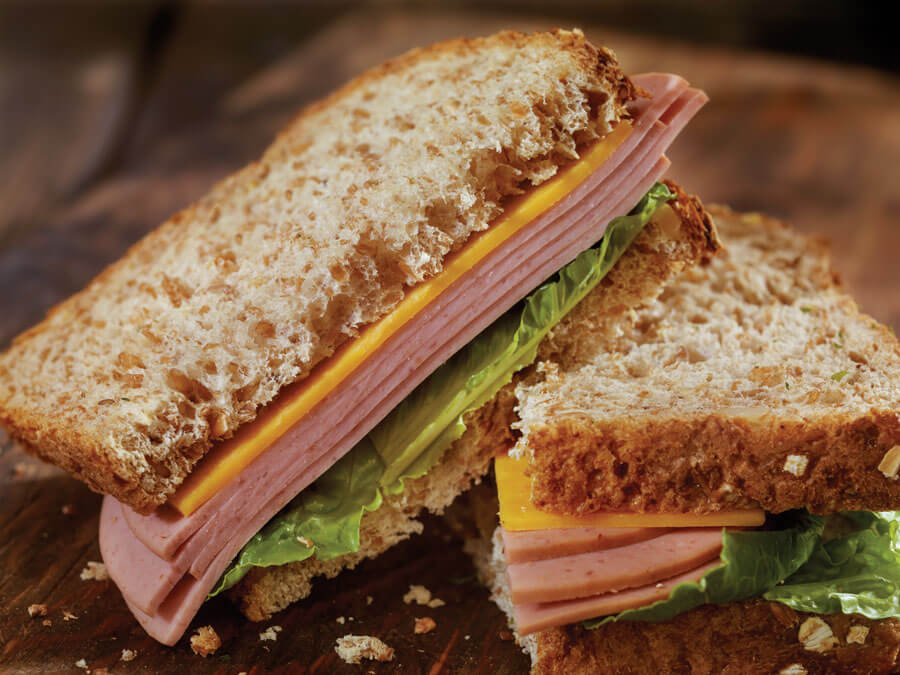Cooking in a hurry
- Home
- Ellyn Satter
- Prenatal / Postpartum
- Postpartum
- Cooking in a hurry


What do you make when you have to throw something together in a hurry?
How do you come up with a meal when you don’t have much in the house?
Every cook needs a few fast meals to keep on hand. Here are some ideas for tasty, nutritious, and quick meals. Remember to drink milk with your meal. It fills in nutritional gaps. You might have dessert—or you might not. It is up to you.

Chicken nuggets, instant mashed potatoes, apple and orange slices.
Hot dogs on buns, canned baked beans and potato chips, ice cream for dessert.
Bologna or tuna sandwiches with tomato and mayonnaise, canned fruit, store-bought cookies for dessert.
Macaroni and cheese (from packaged dinner), bread and canned green beans. You can put tuna, hot dogs, sausage, or ham in the macaroni and cheese to increase the protein.
Canned beef stew with canned biscuits, canned fruit.
Canned “hearty” soups with crackers, bread, ice cream for dessert. Read the label to find soups that have at least 5-7 grams of protein per serving.
Canned spaghetti dinners, like SpaghettiOs, bread, pineapple cottage cheese salad, instant pudding for dessert.
Toaster waffles and scrambled eggs, orange juice.
Canned pinto beans on rice with corn tortillas and canned grapefruit slices.
© Ellyn Satter
HAND EXPRESSION
How it works
Use your hand to gently massage and compress your breast to remove milk.
What’s Involved
Average Cost
Free
Side-Lying Hold
This hold is useful when:
Cross-Cradle Hold
This hold is useful when:
Clutch or “Football” Hold
This hold is useful when:
Cradle Hold
This hold is useful when:
Laid-Back Hold
This hold is useful when: